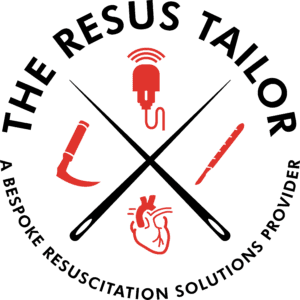| The Brain-Friendly Tool for High-Stakes Surgical Interventions: Inside Surgical SCRAM™
To create the Emergency Surgery Module, we conducted a survey of pre-hospital critical care services in several European countries. Our objective was to determine the standard equipment used for thoracotomies and resuscitative hysterotomies. We gathered data from services in Norway, Germany, Switzerland, Sweden, and Finland and worked closely with respondents to understand the reasoning behind and necessary items in their equipment.
Using this information, we developed a standardised load-out and used it to design the Emergency Surgical Module. We extensively tested the prototype through various methods, including bench-top interaction, simulation, and user feedback at the Emergency Medical Retrieval Service base in Glasgow, Scotland. Critical care clinicians also provided continuous feedback, which allowed us to refine and improve the bag to meet the needs of pre-hospital emergency surgery.
As a result, we created a compact, protected, and functional bag that simplifies the process of emergency surgical procedures. The stepwise packaging, ergonomic colour schemes, and easily identifiable stencils make it easy to access equipment and guide clinicians through the procedure. This frees up cognitive bandwidth and allows clinicians to focus on making critical decisions and planning ahead. Surgical SCRAM™, is the first of its kind and a valuable addition to the armamentarium of PHEM.
| Simplify to amplify: Less load, more flow, fewer mistakes

